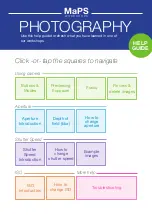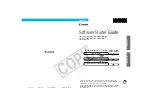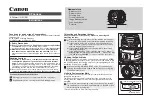
Safety
Operating Manual PSENvip R, PSENvip R LR,PSENvip E
1003449-EN-06
| 15
3.1.2
Tool shapes
All tool shapes are permitted in principle. They are divided into tool classes by the PSEN-
vip. Classification is based on EN 12622, according to which the protected field must safe-
guard areas lying 15 mm in front of the bending line.
Please note the following when using tools:
Tool class 1
}
These tools can be safeguarded in compliance with the standards: The front and rear
bending lines are detected by the protected field on the PSENvip. The front segments of
the protected field are at least 15 mm away from the front bending line.
}
Upper tools with a width of max. 32 mm or radius of max. 25 mm.
}
Press brakes can travel up to the regular switchover point at high closing speed.
Tool class 2
}
These tools cannot be safeguarded in compliance with the standards: The front and rear
bending lines are detected by the protected field on the PSENvip. The front segments of
the protected field are less than 15 mm away from the front bending line.
}
Under the following conditions, this tool class
must
be evaluated in the PAS4000 user
program:
– after the PSENvip is switched on
– after a tool change
– after the control system is restarted
Please refer to the information in the operating manual for the PSSu K F FAU P (see un-
der "Communication with the safety system").
}
Upper tools with a width of max. 43 mm or radius of max. 50 mm.
WARNING!
Hazard areas that are not monitored by the PSENvip!
Additional hazard areas in zones that are not monitored by the PSENvip
can lead to serious injuries (fingers or hands being crushed or trapped).
Secure these zones with appropriate additional measures:
– Carry out a hazard analysis.
– Raise the regular switchover point, which initiates braking at low
speed. The switchover point must be monitored by the safety system.
















































